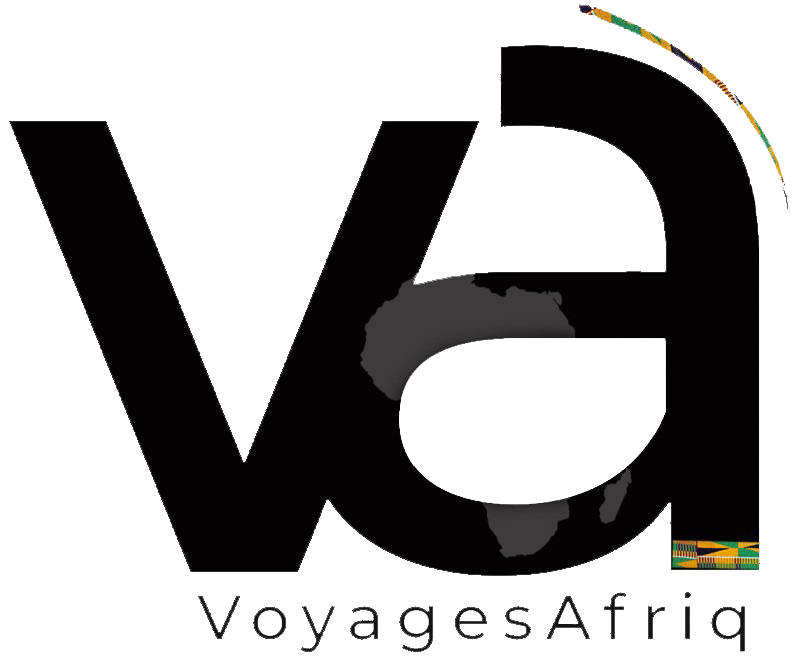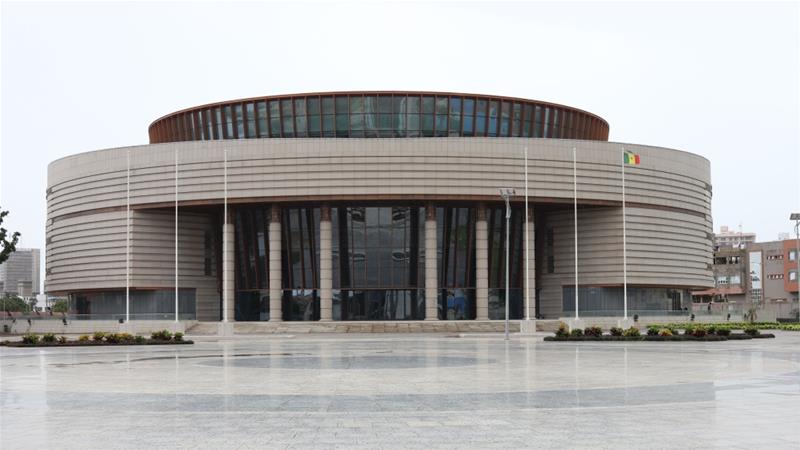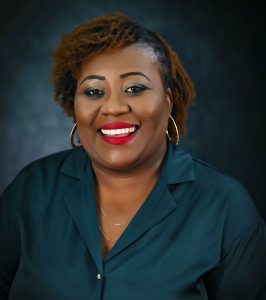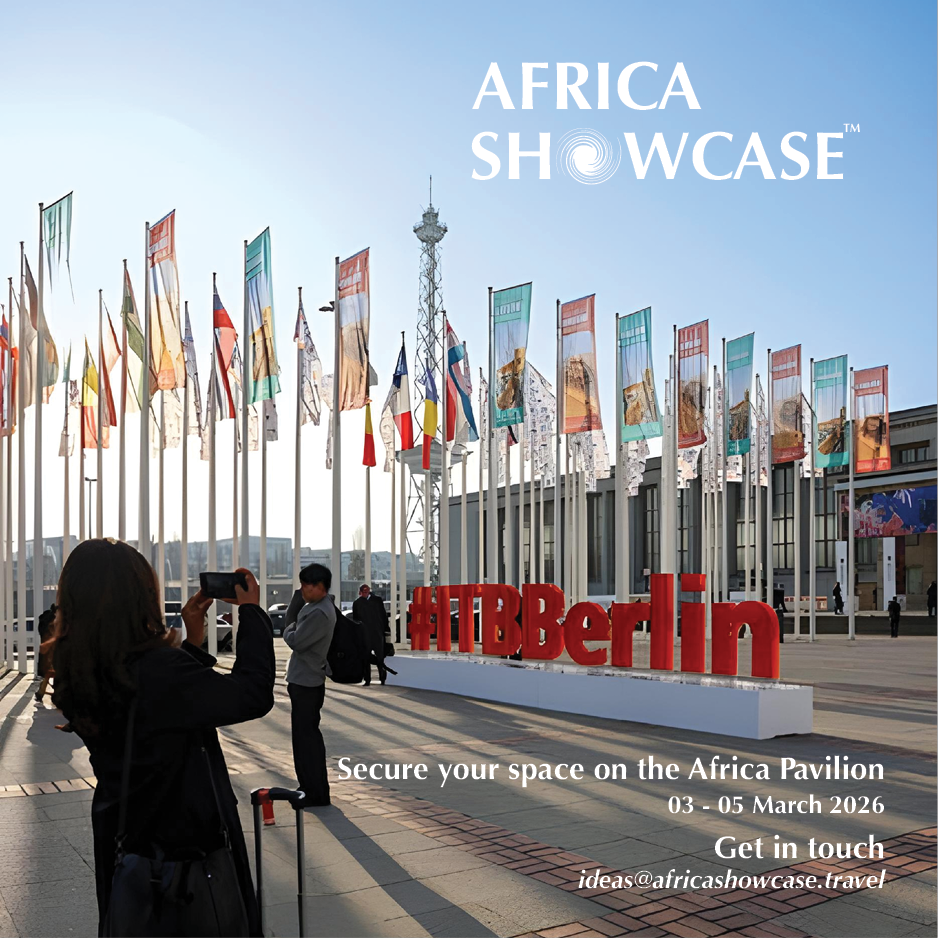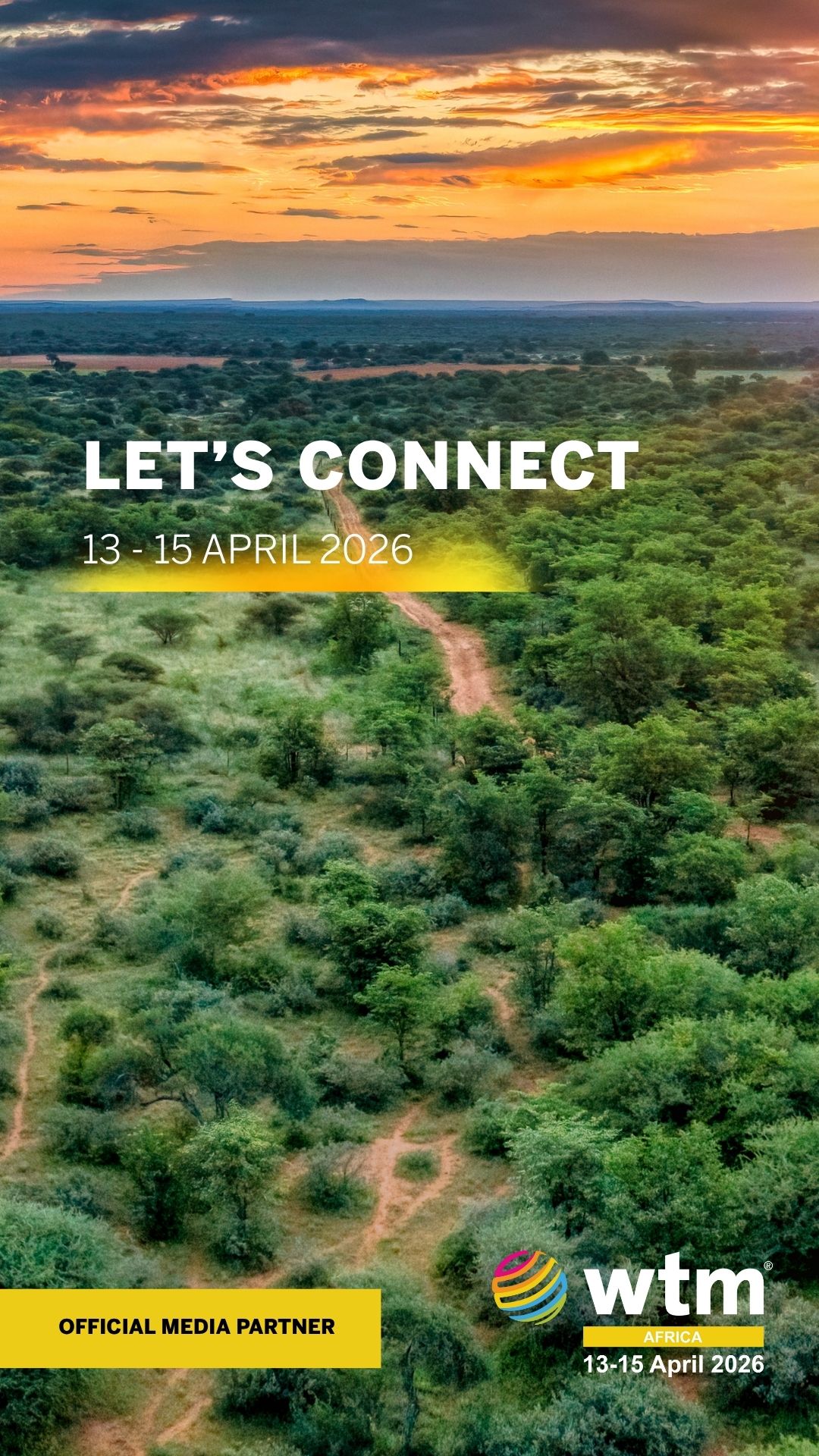After 52 years of waiting, Senegal is finally opening what has been described as the largest museum of black civilization in the capital, Dakar.
With close to 14,000 square metres of floor space and capacity for 18,000 exhibits, the new Museums of Black Civilisations is already capable of competing with the National Museum of African American History in Washington.
The exhibition halls include Africa Now, showcasing contemporary African art and The Caravan and the Caravel, which tells the story of the trade in human beings – across the Atlantic and through the Sahara – that gave rise to new communities of Africans in the Americas.
These diaspora communities – such as in Brazil, the United States and the Caribbean – are recognized as African civilizations in their own right.
Since the museum could contain works owned by France since colonization, Senegal’s culture minister has called for the restitution by France of all Senegalese artwork on the back of a French report urging the return of African art treasures.
Apart from suffering from the negative consequences of colonialism, Africans have had to negotiate for the return of valuable historical cultural artifacts that were smuggled out of their countries.
These priceless monuments, which symbolize African identity are currently scattered across the world, with an impressive number in British and French Museums.
Many African countries have called for the return of these treasures but are yet to receive any positive response from these western countries, which are making huge sums of money from these objects, with some even insisting that they were obtained legally.
French President Emmanuel Macron recently announced that his country will return 26 artifacts taken from Benin in 1892. The thrones and statues, currently on display at the Quai Branly museum in Paris, were taken during a colonial war against the then Kingdom of Dahomey.
Senegal’s late president Leopold Sedar Senghor was the first to propose the idea of a museum about the civilizations of black Africa during a world festival of black artists in Dakar in 1966.
In December 2011, Senegalese President Abdoulaye Wade laid the foundation stone in the capital Dakar but works were suspended during a political change until the subsequent leader, Macky Sall set the project rolling between December 2013 and December 2015.
The museum was built thanks in part to a $34.6 million donation from China.
Source: CGTN AFRICA
